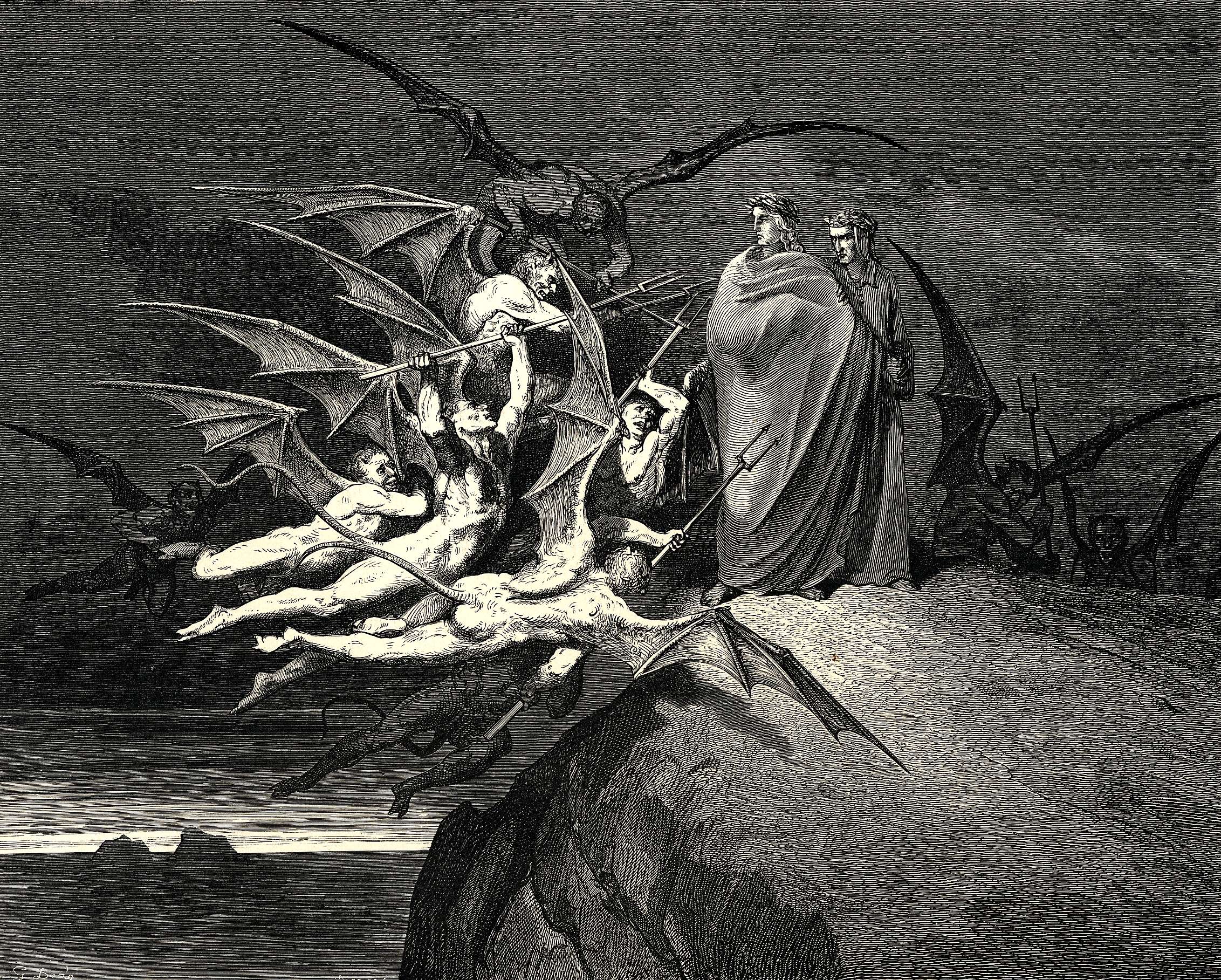The Scriptures often speak of the place where there will be weeping and the grinding of teeth. The phrase has haunted generations of readers because it touches the border between body and soul. It is much more than a mark of pain; it is a description of what happens when language collapses. The human mouth, designed to be the house of speech, becomes the site of noise without meaning.
The denteous organ, once the gate of blessing and curse, closes upon itself in fricative despair. But, in this apparent ruin, there is a key to a deeper mystery, since the very letter of the Hebrew tongue that names the tooth is also the letter of fire: Shin. As we grasp the full weight of this image, we see how the same sign can embody damnation and redemption, the gnashing of bone and the ignition of the Word.
I. Shin, Fire, and the Bone of Speech
The Hebrew letter Shin, shaped like three tongues of flame, stands for 300 in number and for the tooth in image. It belongs to the mouth, yet not to the soft organ of the tongue, but to the hard ridge that bites and breaks. Shin is placed at the edge where the body meets the Word; it is the point of contact between matter and Spirit. The sages have long seen Shin as the inner fire hidden in the mouth, the spark of the Divine name that blesses and burns.
The tooth is the most martial part of the body, the blade hidden in flesh. It cuts, it tears, it resists. In astrology the incisors, canines and molars were given to Mars and Saturn: Mars for the aggression of incision, Saturn for the ossified endurance that outlives flesh. When teeth clash in rage or terror, the two malefics meet. Mars attacks, Saturn resists; the jaw becomes a battlefield. In the simple act of clenching, the human being enacts a miniature apocalypse of conflict between flame and stone.
But the tooth is not only weapon; it is also instrument of nourishment. To chew is to transform what is outside into what sustains within. Here the role of Shin as fire appears more clearly. Fire cooks, makes edible, breaks down what is coarse. So too the teeth grind, releasing the hidden life of matter. Shin is the destructive and the assimilative principle, fire that consumes and fire that nourishes.
II. The Gnashing of Teeth as Broken Word
When the Gospel writers describe the place of exclusion where there is weeping and grinding of teeth, they are not speaking only of physical torment. They are naming the collapse of language. The gnashing is the parody of the Word. The Divine Logos calls to speech, to prayer, to song. In place of that song, the damned produce only the noise of bone against bone. It is the sound of the Word promised and withheld, the sound of fire with no outlet.
The symbolism is exact. Tooth: the tool of friction. Fire: the principle that demands release. Grinding: the combustion of meaning that never becomes Word. The gnashing of teeth is the dark side of Shin; the mouth becomes the forge of futility. Where there should be Davar, living Word, there is only a circuit of heat trapped in mineral. It is the fire of the soul unable to speak, a fire that turns upon itself and gnaws its own prison.
There is yet an echo of hope even in this. Gnashing is still vibration, sound. Although devoid of meaning, it carries the memory of meaning. It is the burnt shadow of Logos, a trace of what could have been. The grinding of teeth becomes the testimony of lost speech. It is the last relic of communion. In the noise one still hears the shape of a song.
III. The Fire Transmuted in Christ
The hermetic teaching holds that what is locked in shadow can be transmuted by fire itself. The tooth that grinds in despair can become the tooth that bears the Name. Shin is more than the letter of fire and bone; it is also the letter inserted into the Tetragrammaton to form the Name Yeshua. The four-letter Name of Being receives Shin, the triple flame, and becomes Salvation. The tooth and the fire, once symbols of gnashing, are placed within the Divine Name and become the very sign of redemption.
The incarnation of the Logos is the passage from noise to Word. The mouth that could only grind is filled with speech again. Where the two malefics met in prison, Mars and Saturn, there now enters a third principle. The flame of Shin, once trapped, is raised into articulation. In Christ, fire is joined to breath. The mouth becomes not a tomb of bone but the temple of proclamation. The gnashing is transmuted into psalmody, the grinding into eucharistic chewing of bread that is no longer stone but also body.
The mystery of salvation can be seen through the prism of Shin. The mouth without Word is the image of perdition; the mouth with Shin inserted into the Name is the image of salvation. Fire is assumed, not extinguished. The bone is sanctified. The tooth that once bore only despair becomes the seal of the Name that heals.
Κύριε ελέησον
